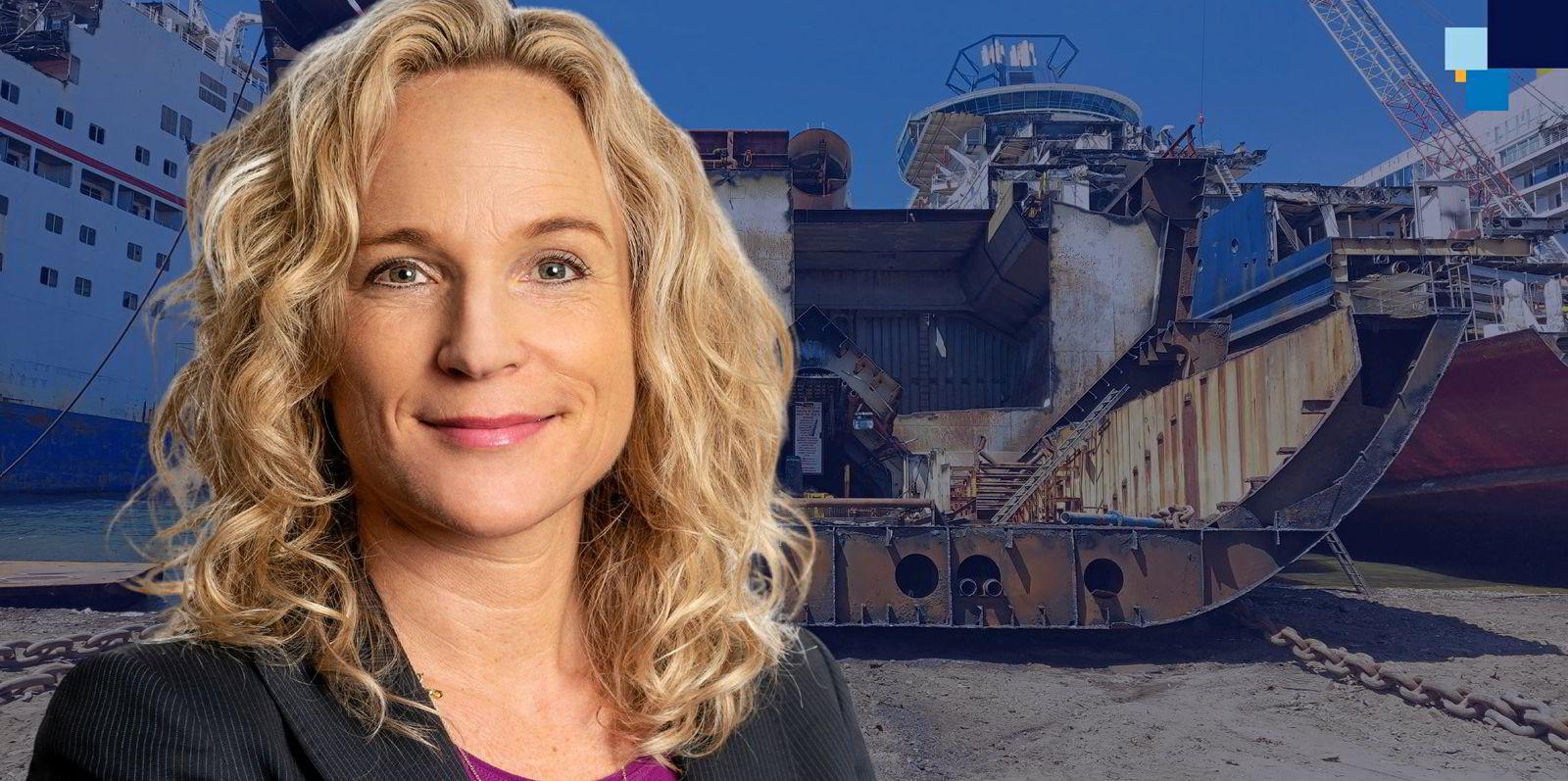We all know that profit in shipping historically is made by buying vessels when they are cheap and selling them when they are expensive. But this is neither easy nor very sustainable. And where is the fun in just repeating history, anyway?
This article is part of a series written by people across shipping in response to this question about how to deploy a hypothetical TradeWinds Sustainable Shipping Fund:
How, where and why would you invest $1bn for the best return in sustainable shipping, as the industry grapples with the need to cut carbon emissions, improve efficiency and keep cargoes moving in a world facing multiple economic and political challenges? The investment will be made now and ideally held for the next seven years to the end of the decade. As an added bonus, give one policy or regulation you would like to implement from 1 January 2023 to benefit shipping?
What would I spend my $1bn on?
A future-proof vessel-construction offering, involving:
- Module-based and standardised ships constructed with highly automated processes;
- An option for propulsion or fuel modules to be replaced as new technology matures;
- A design for repurposing, reusing, dismantling and recycling from the start;
- A digital twin of all materials and onboard equipment and items kept updated through the lifetime of the vessel, including lifecycle CO2 footprint estimate, certificates, predictive maintenance and applicable regulations and reporting requirements;
- A lifecycle contract with my company on a ‘ship as a service’ model, offering design, construction, docking, repair, refit, repurposing, reuse, and eventually recycling to fossil-free steel at various geographical locations — but all according to the same sustainable and safe standard.
Why is this my investment case?
The newbuilding, repair and shipbreaking industries need disruption in the face of resource scarcity, fuel unpredictability and geopolitical unrest.
Vessels can be constructed in smarter, more standardised ways, giving economies of scale, increasing the useful life of the asset and lowering the risk for owners and their capital providers when choosing the propulsion/fuel of the future.
And why should the vessel construction be entirely detached from the ship’s operation and eventual recycling, despite the long lifespan?
In consumer industries, we see extended producer responsibility and ‘product as a service’ offerings where the manufacturers take responsibility for the product’s entire lifecycle, including repair, takeback, recycling, and final disposal of any hazardous materials and waste.
There is a long way from consumer electronics to ships, but the original equipment manufacturers delivering equipment to vessels are already changing their business models, and why should this trend not extend to ship construction?
Where would I start building this future-proof ship-construction offering?
I would begin in Europe, with small and advanced vessels, and later expand to Asia for large vessels.
When? As soon as the money is in my bank account. There is no time to lose.
The Amazons and Apples of this world are busy making money on disruptive and scalable business models, while we are busy repeating history in shipping. We need to change before this decade is over if we are to improve both our profitability and our sustainability.
Read more
- Wartsila moves deeper into decarbonisation as ambassador for Moller Center
- ‘Honoured’: Sophia Mullen made EnTrust Global’s first president
- Grieg Green’s Pia Meling steps in as Star Capital directors quit MPCC
- Euronav takes fat profit as older tanker is sold in fleet renewal
- Grieg and Peak to put four zero-emission shortsea ships on the water by 2025



